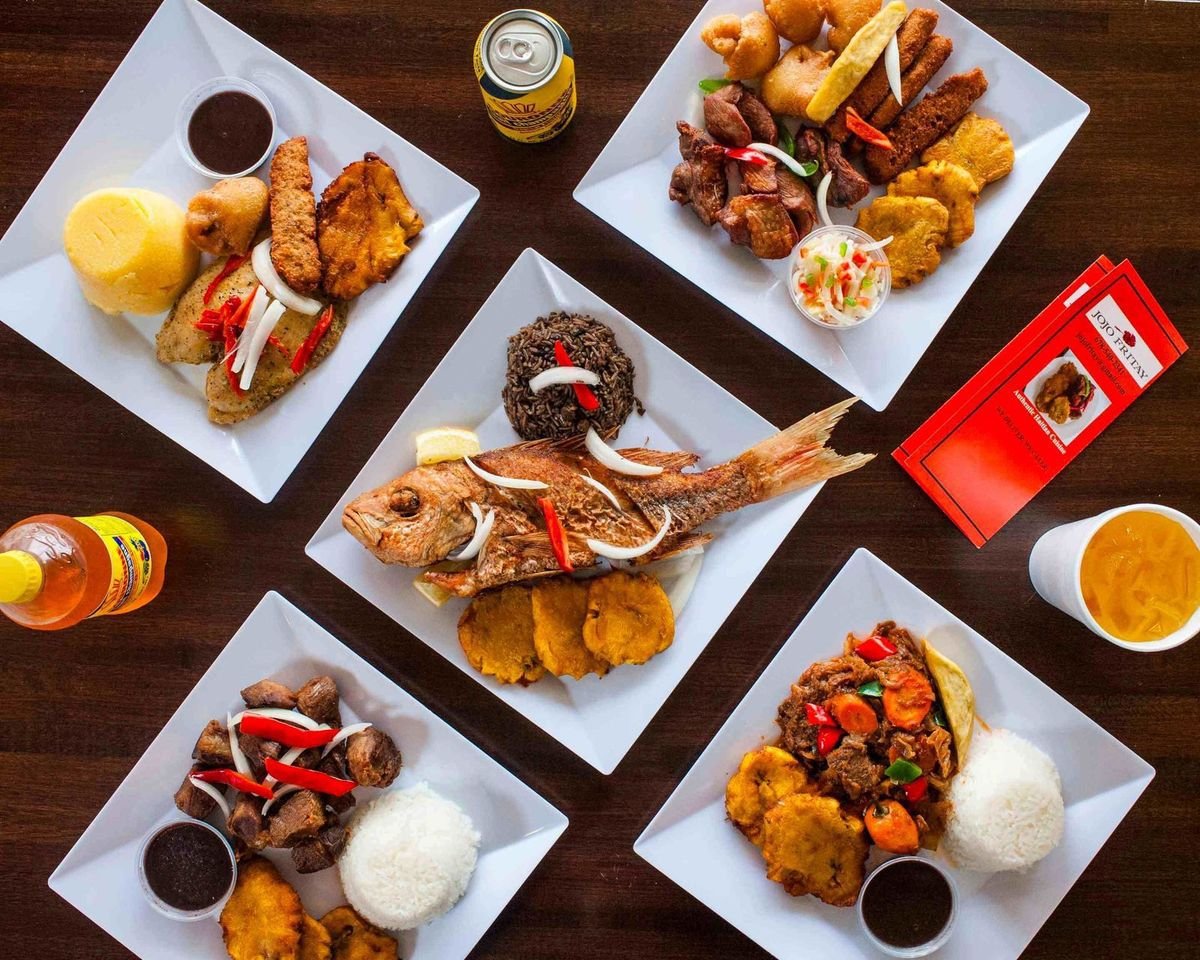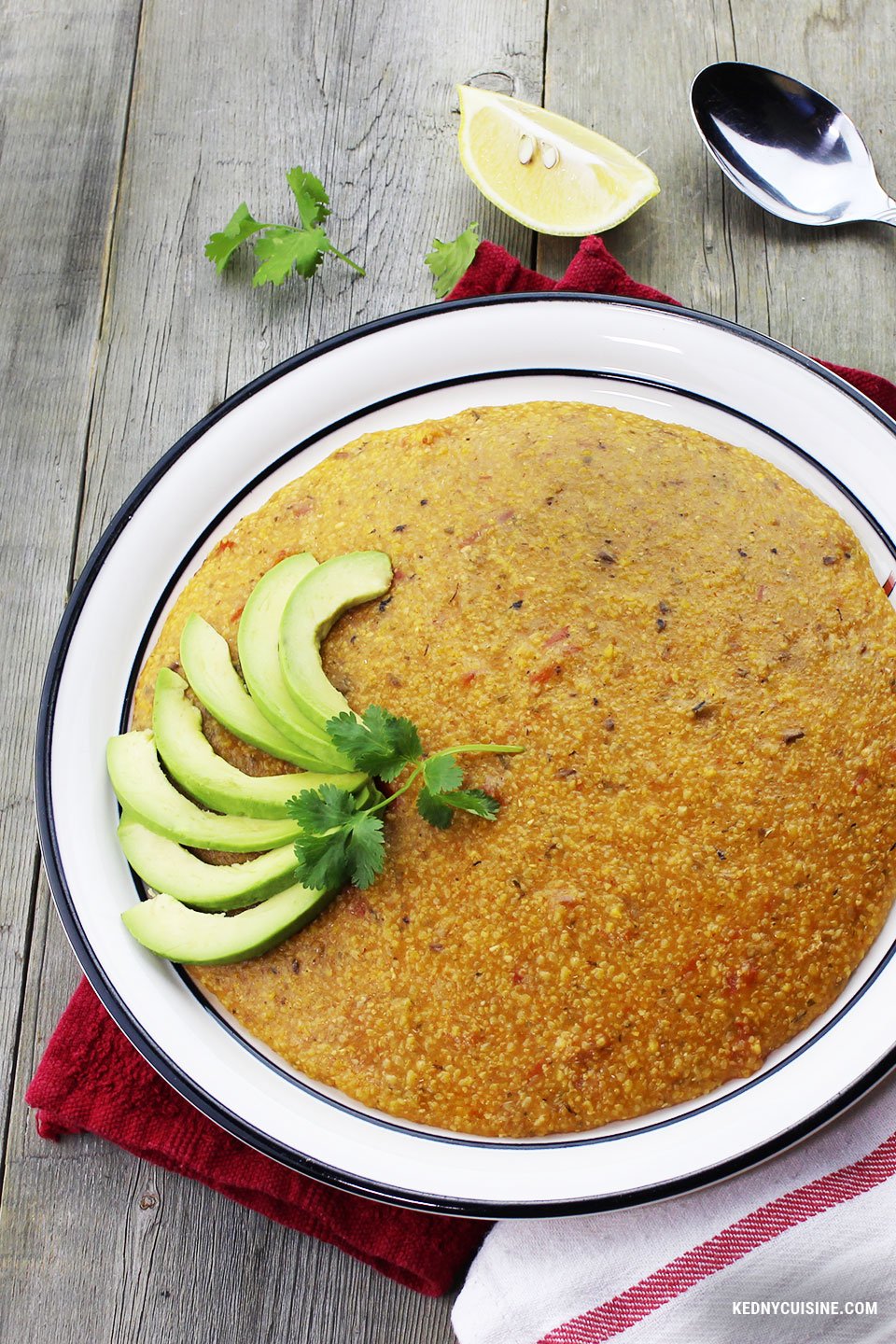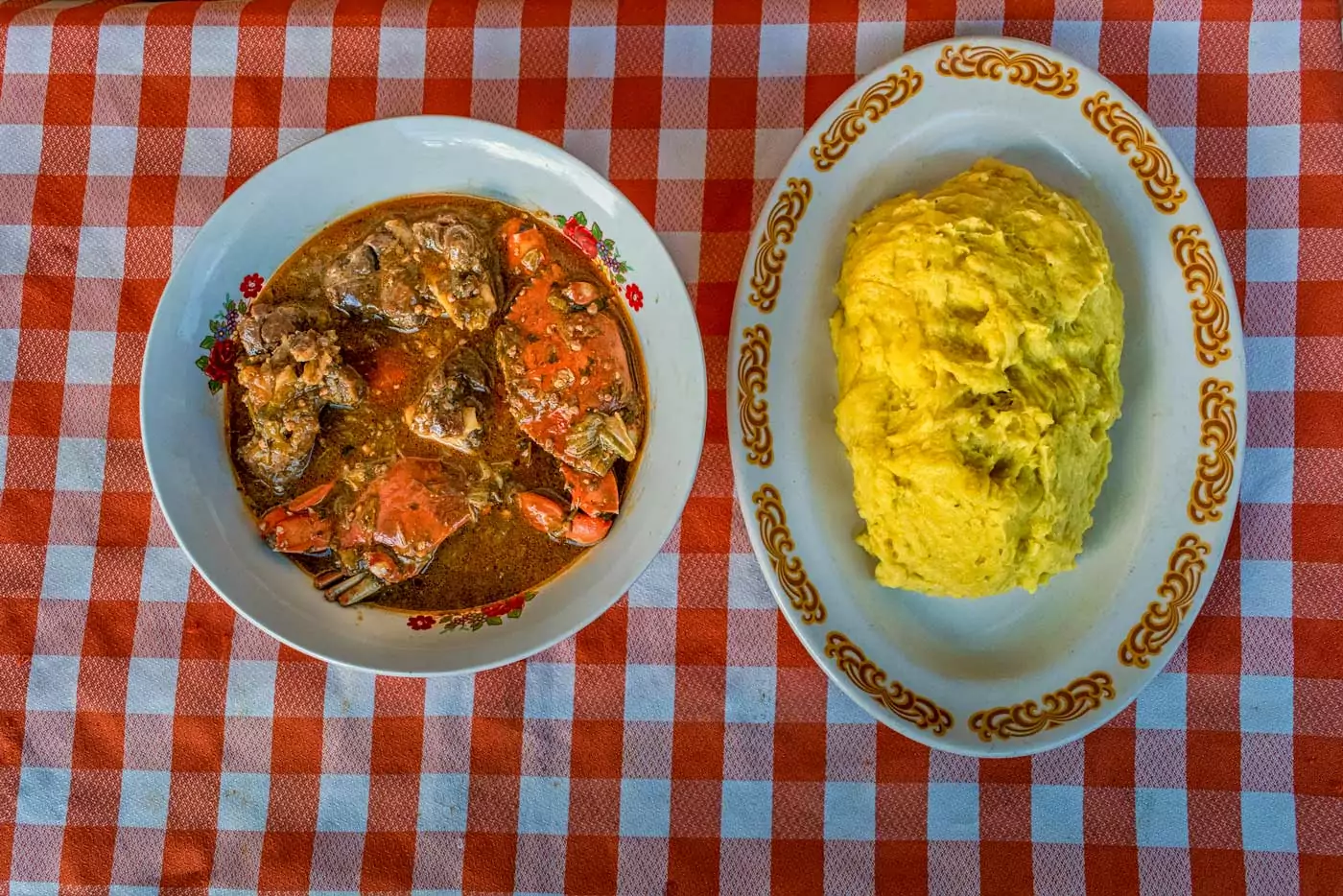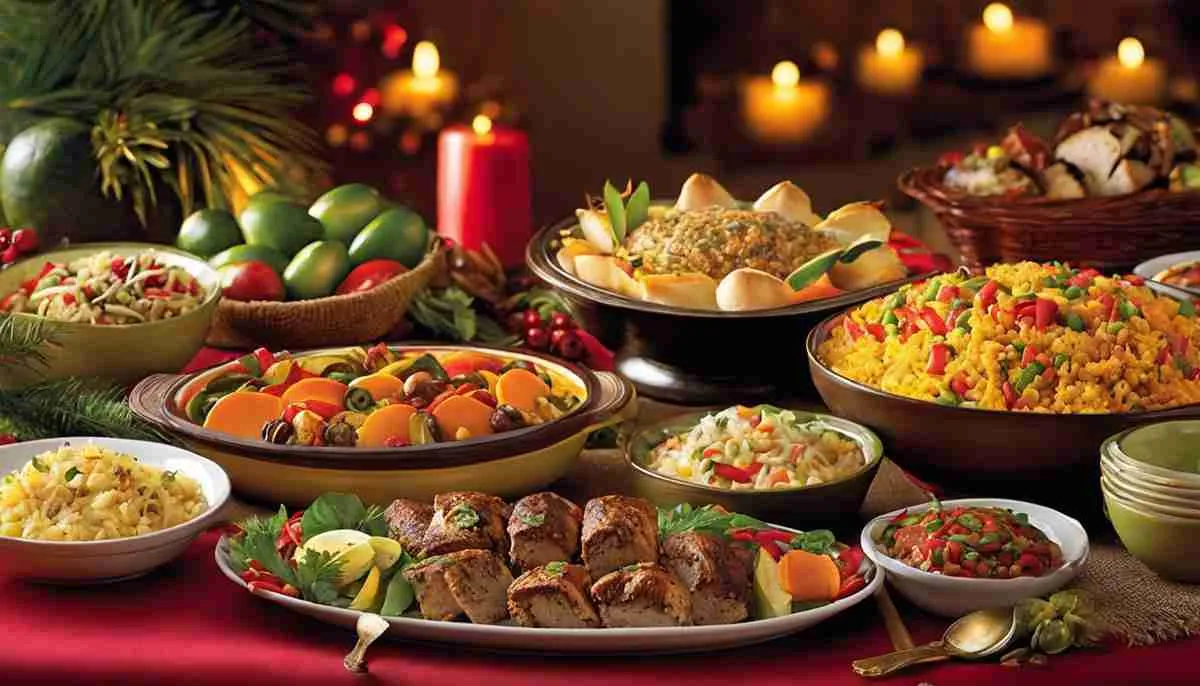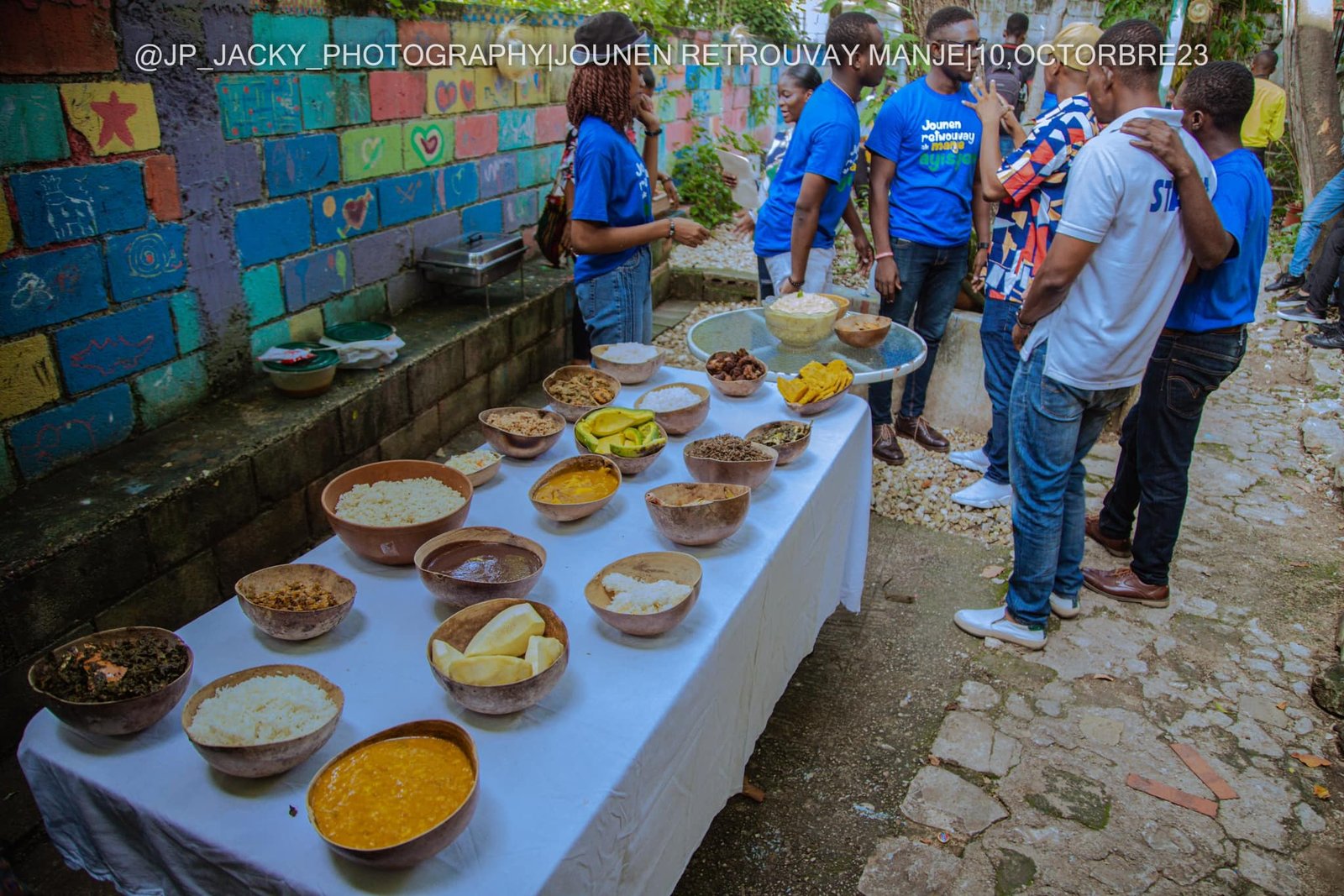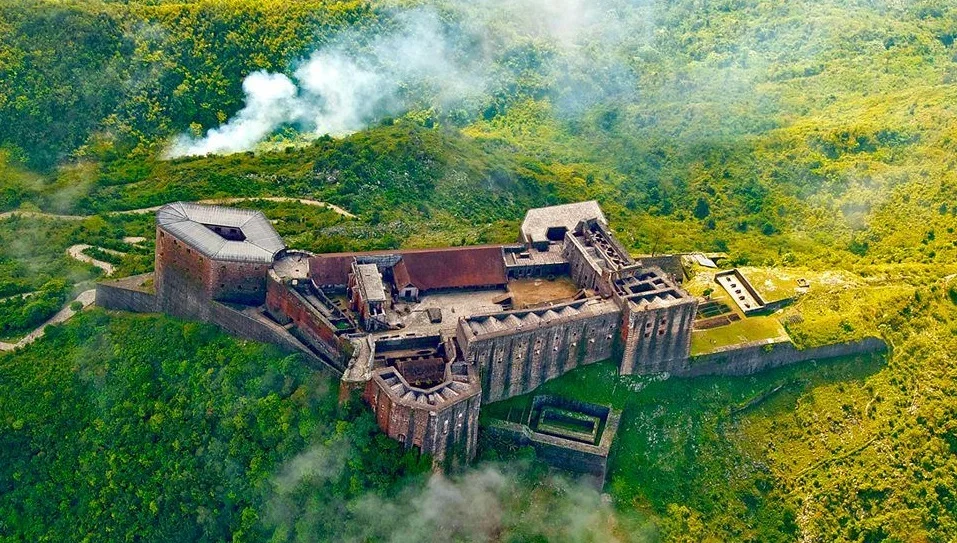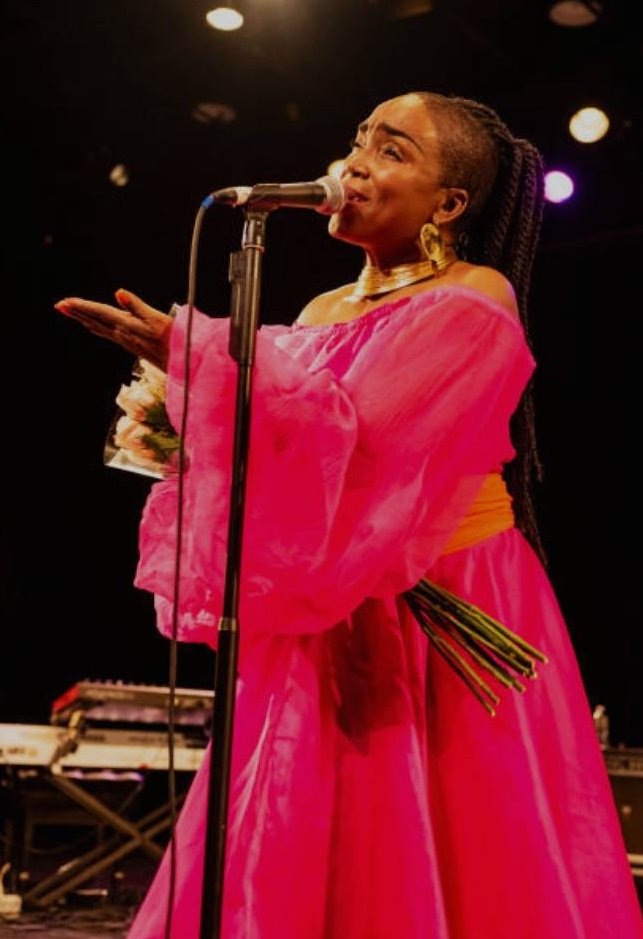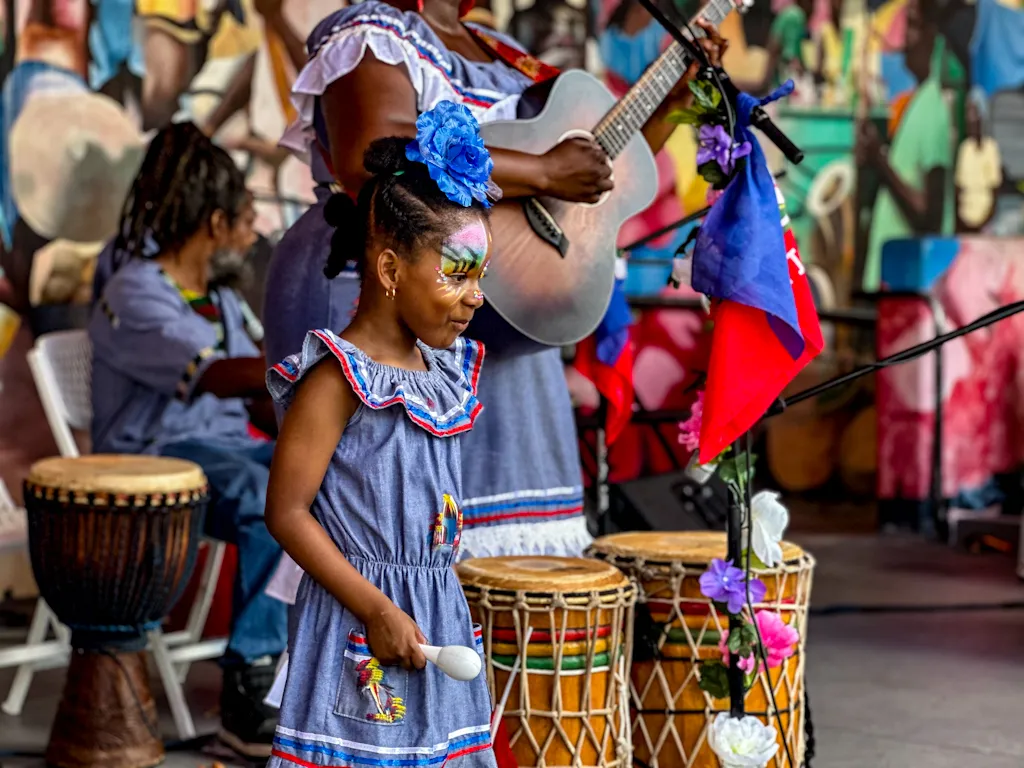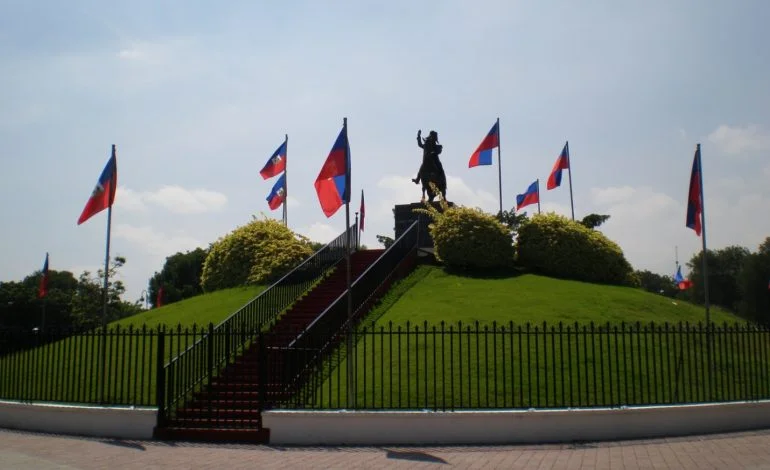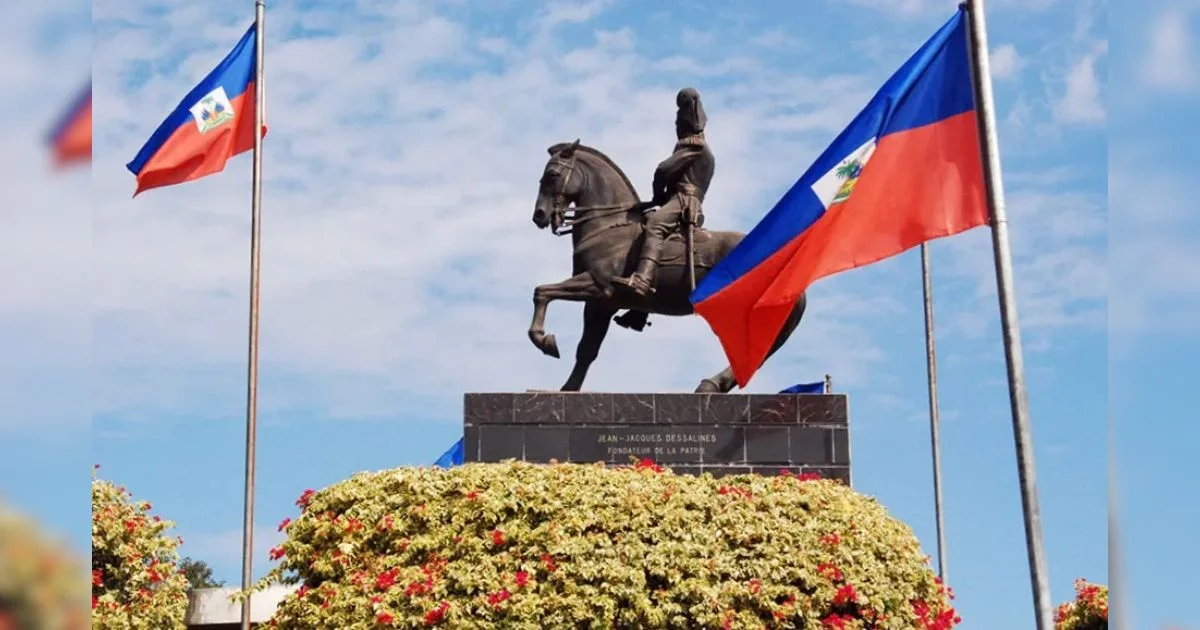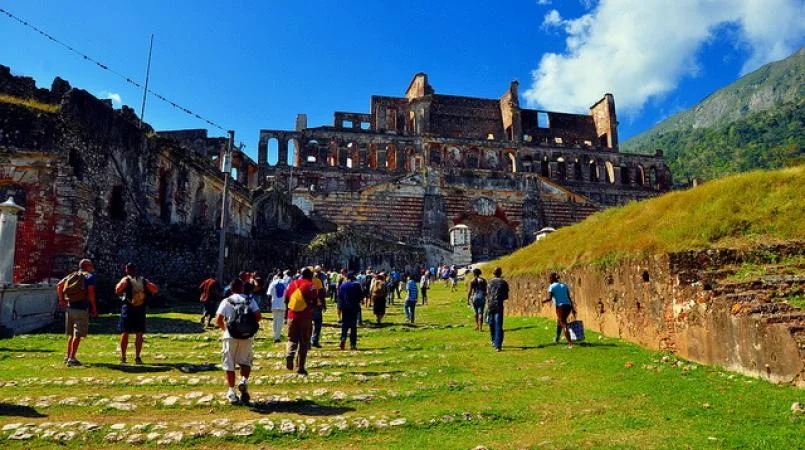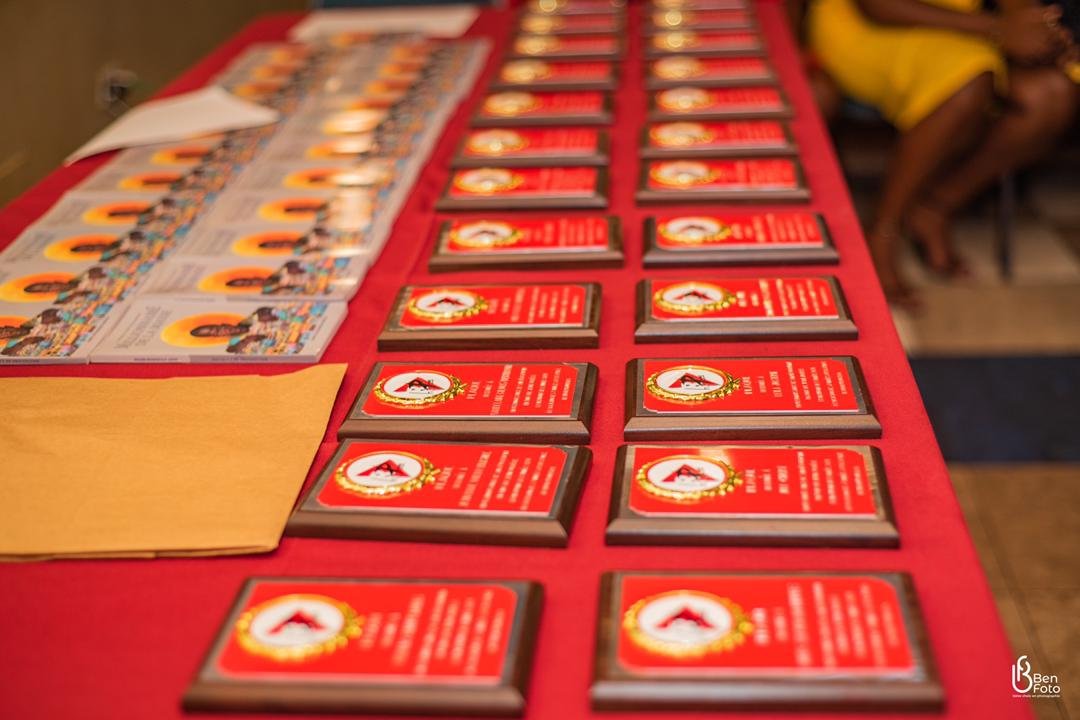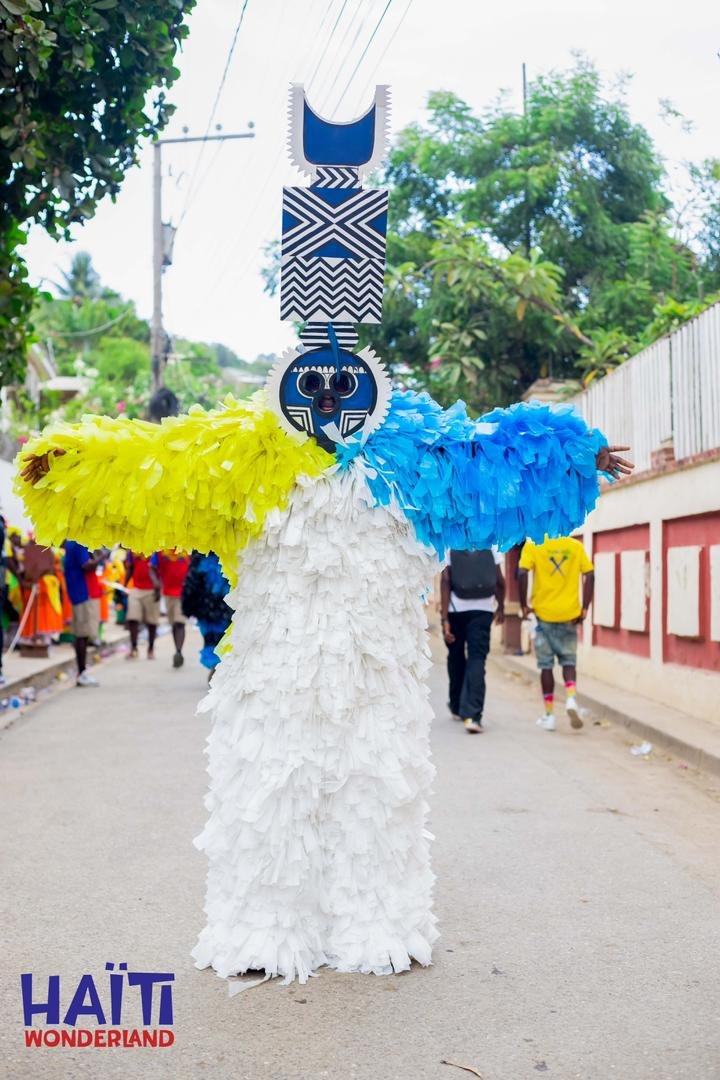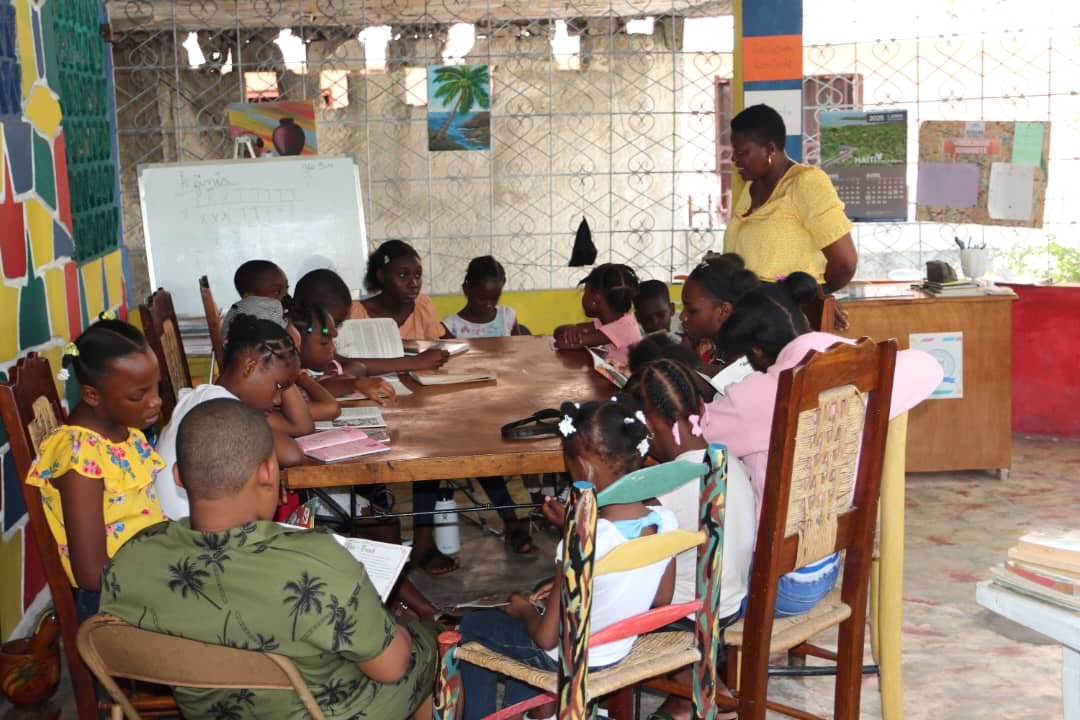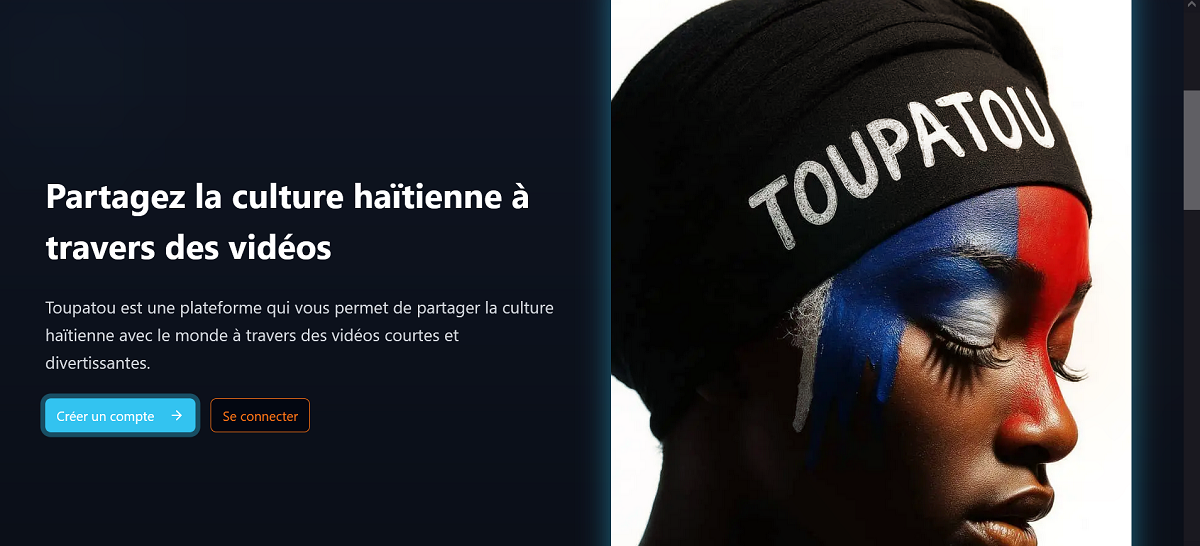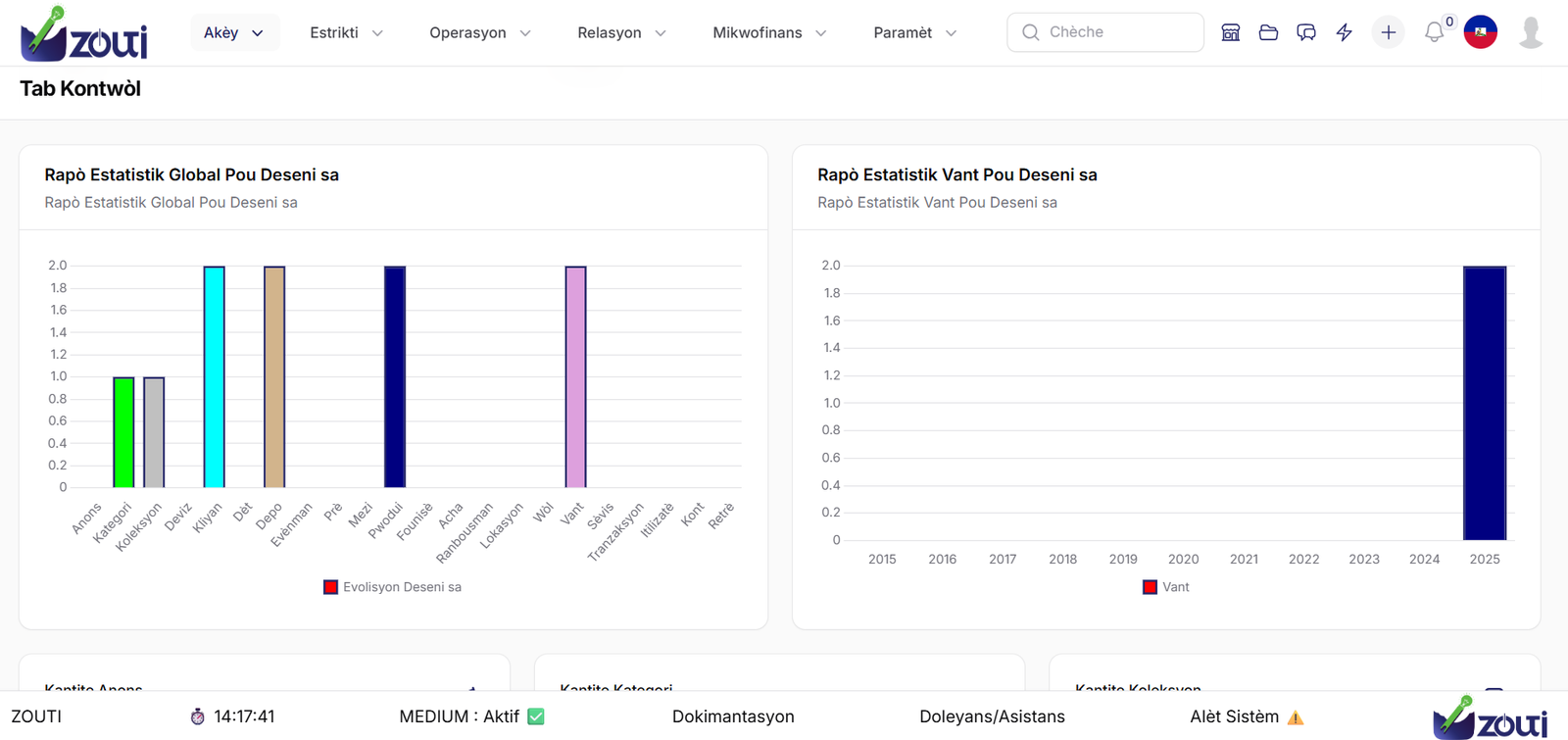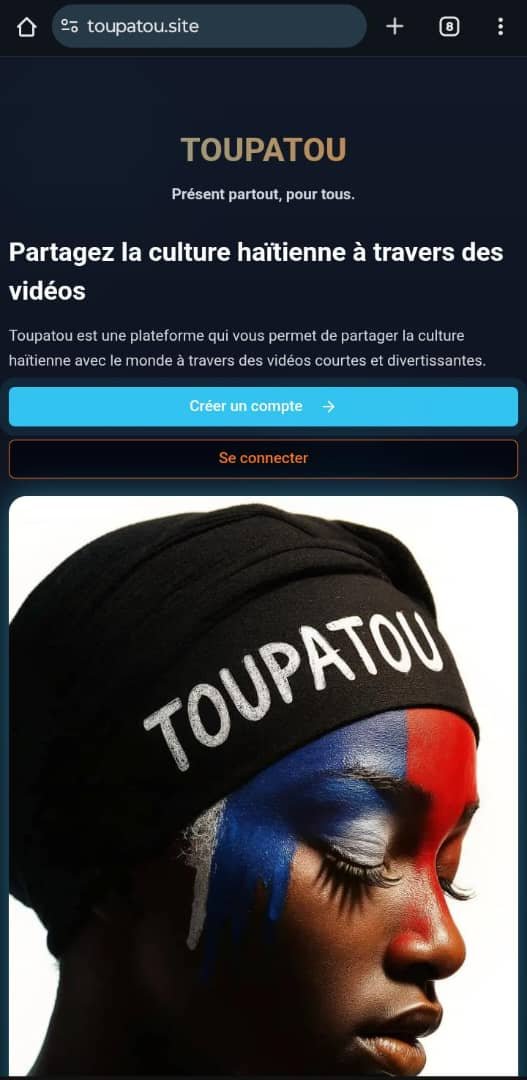La paroisse St Clément célèbre ses soixante-dix ans de service à Dieu et à la communauté haïtienne ,ce 23 novembre 2024,au 2975 N. Andrews Ave.,Wilton Manors,FL. À l’occasion de cette fête, Emeline Michel sera en concert exceptionnel pour marquer cet événement culturel.
Au menu de ce programme,le comité compte d’organiser des séances d’évangélisations, de formations continuent, des champs de l’éthique, la morale et de la spiritualité. Cet événement mettra également l’accent sur la foi,la raison et la culture pour reconstruire dans l’unité le royaume de Dieu dès ici-bas où la " Charité nous unit à Dieu".
Dans l’objectif de rehausser la culture à son paroxisme, l’Archevêque de Miami se faire le plaisir de se joindre à nous pour une grande célébration eucharistique ,le samedi 23 novembre 2024, à compter de 10h am. Ensemble ,ils vont marquer cette date mytique graver dans la mémoire de ses fidèles et amis-es .
Cette soirée, sera animée par l’icône de la musique haïtienne, Emeline Michel passée de présentation dans le paysage culturel haïtien :" Nous acceuillons ,la fameuse chanteuse Emeline Michel. Elle nous fera l’honneur de revivre des moments instances et forts et inoubliables de notre charmante terre d’Haïti. Avec sa mélodieuse voix ,très captivante et ses chansons poétiques, tous les beaux souvenirs seront au rendez-vous comme nos plages,la brisé légère de nos matinées et le vol d’oiseaux capricieux" a écrit la note de presse .
La diva,âgée de 58 ans, continue de s’imposer comme l’une des voix singulières ,contagieuses de la musique haïtienne. Tout en restant dans son style,elle a su créer durant sa carrière son univers musical ce qui lui a permis d’être honorée dans le milieu par ces fans. Emeline Michel avec ses textes sincères et son style unique a réussi à toucher un large public sans renoncer à son authenticité . Avec ses chansons et sa melodieuse voix ,elle a bercé plusieurs générations.
Durant toute sa carrière musicale, elle a un répertoire enrichissant, environ treize albums à son acrif,on peut citer quelques-uns: Douvanjou ka leve ( 1987); Flanm( 1989);Pa gen manti nan sa( 1990); Rhum et Flamme( 1993); Tout mon temps(1991); Emeline Michel,the very best (1994);Ban m pase (1996); Coedes et Âme (2001); Rasin Kreyòl(2004); Reine de coeur (2007); Quintessence et en dernier lieu Gratitude( 2015). Elle a aussi de nombreuses collaborations avec d’autres artistes. Chanjman et Jan mwen (2020,et 2021)
Emeline Michel, 40 ans d’expériences sur scène,elle porte toutes Haïti dans voix,son âme et son corps . Durant ses années florissantes ,de succès , elle a marqué plusieurs continents dont elle a déjà performé (Antilles,Amérique,Europe,Asie). Ce qui lui a permis de découvrir plusieurs endroits,tels que: le Carnegie Hall,aux Nations Unies; le Teatro Manzoni de Milan ; le Kravis Center de Floride ; le Festival Internationale de Jazz( Haïti ). Ensuite, le Festival Luminato de l’Ontario; l’International Jazz de Montréal ; le New Orléans Jazz Fest; le Ten Days On The Island.
Le curé de la paroisse St Clément, Rev. Patrick Charles, profite de l’occasion pour lancer une invitation chalereuse à la communauté de venir célébrer ce grand jour marquant ses soixante-dix ans et de divertir afin de mettre en lumière une fois de plus la culture haïtienne.











